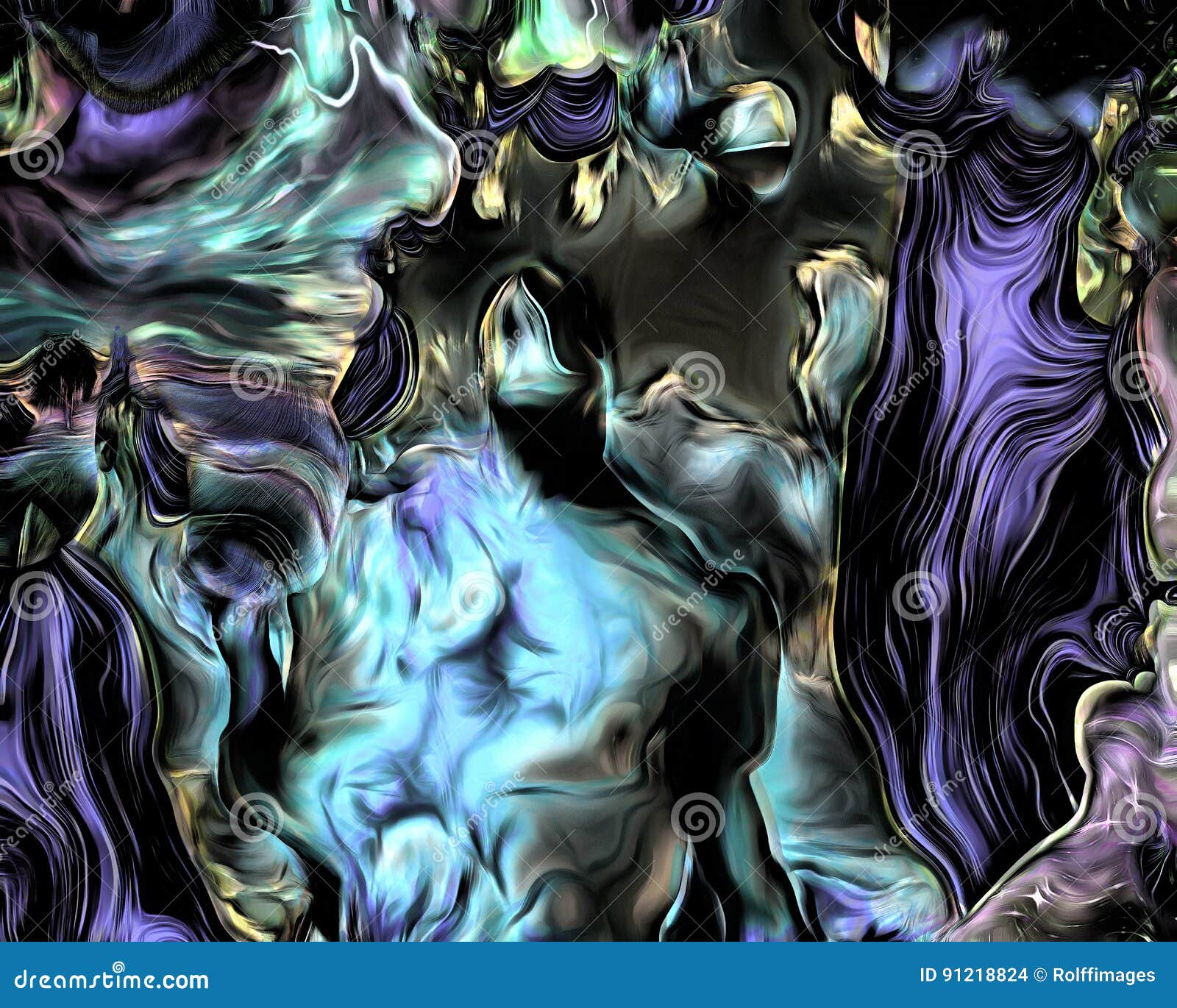

Hal Foster’s critical work on minimalism intended to rescue the movement from misinterpretations and dismissals from the part of canonical critics, such as Michael Fried and Clement Greenberg, and repositioned its legacy in a prominent place in history. By redefining the mapping of the visual arts in such a way, he resurrected the minimalist movement as crucial to the understanding of contemporary visual arts. He demonstrated through the memorialization of the movement’s crucial texts-“Specific Object” by artist Donald Judd, “Notes on Sculpture” by artist Robert Morris, and “Art and Objecthood” by art critic Michael Fried-what the practitioners were interested in at the time, and how critics were callously annoyed by their art and their predicaments.īy doing so, Foster cleverly delineated a path of connection from minimalism, to both late modernism forward to the late 90s (when the book was written), and backward to the transgressive avant-garde of the pre-war years, namely to Marcel Duchamp and his entourage. In his essay “The Crux of Minimalism,” Foster emphasized that the art of minimalist artists such as Carl Andre, Larry Bell, Dan Flavin, Donald Judd, Sol Le Witt, Robert Morris, Richard Serra, and others was originally qualified as idealist, juvenile, and dismissible.

First, what was the nature of the new reality professed by minimalism, and what was the concept of reality they were fighting against? Second, what doors did minimalism open for the practice of the arts as stated by Hal Foster until he wrote his book? Moreover, I will attempt to shed some light on how the new reality the minimalist artists created was perceived from the perspective of yet another twenty years or so after the publication of Foster’s influential publication. These are the two issues that the present discussion will concentrate on. The new reality forged by the Minimalist artists had its historical counterparts, the reality established by the “formalists,” whose spectral presence is suggested in the title of the book. The author had enough spectrum of time at his disposal to take a historical view of what had emerged as the consequences of the movement. It is worth noting that when this book was written, about thirty to forty years had passed since the emergence of the Minimalist practice. However, I am particularly intrigued by the profound effect they inflicted in reality, and I go further to assert that they created a new reality.

I totally commend him for this redressing of art history but I contend that he fails to clarify the fact that these artists did not express any kind of engagement with society at large, except for their exceptionally intelligent dialog with the Fine Arts. In his essay, Foster attempted to demonstrate that at the center of artistic activities during the 60s, minimalism had opened up a whole new operative space for the practice of the arts to come. The present essay aims at focusing on the new paradigm, or new reality, created by the Minimalist artists, through the analysis of Hal Foster’s discussion of this art movement. In his 1996 book The Return of the Real, in the essay called “The Crux of Minimalism,” the art critic Hal Foster discusses the Minimalist movement of the 1960s.


 0 kommentar(er)
0 kommentar(er)
